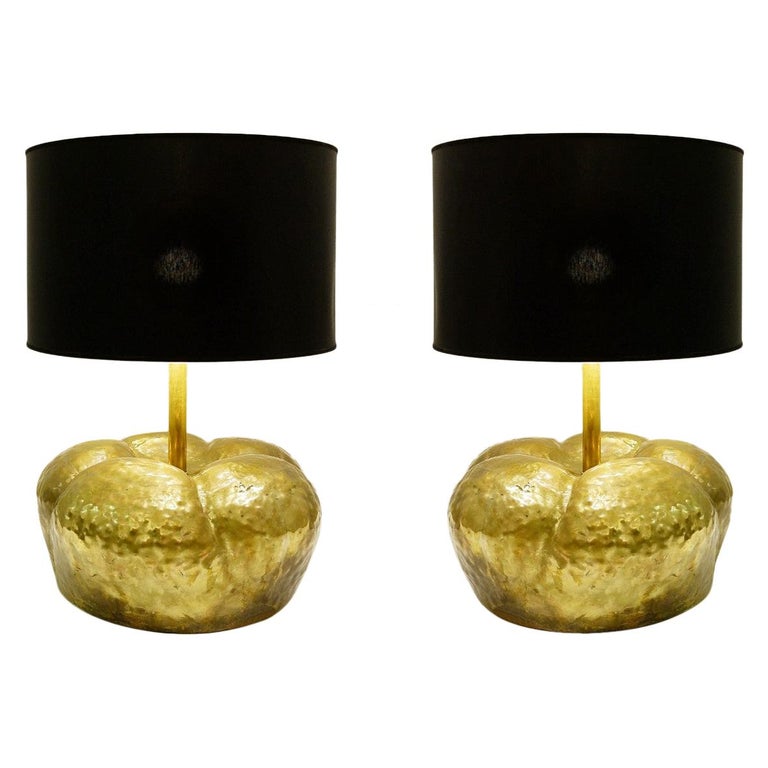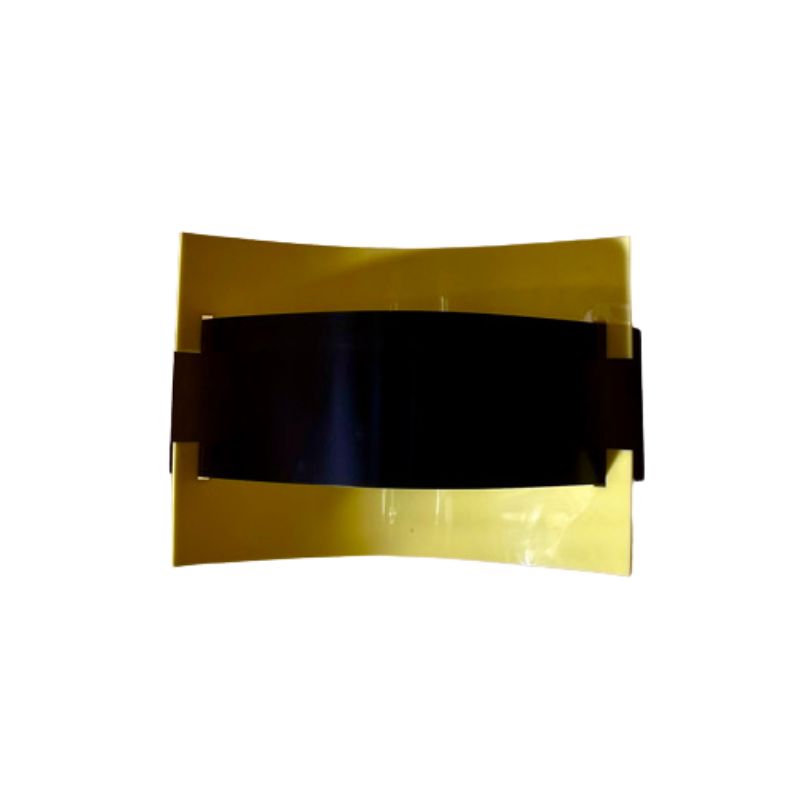I just read in one of my car magazines--yes, I am still as addicted to them as I was as a young boy--that designer Albrecht Goertz died. The magazine said Goertz was an industrial and fashion designer with a reputedly long career, but that his claim to fame in cars was that he designed the rarely seen BMW 507 sports car of the 1950s, which has long been considered a minor classic among car designers, and the hugely popular original Datsun 240Z, another widely respected work among car designers. Remarkably, Goertz only claimed to have designed five cars in his career, but the two mentioned--the 507 and 240Z--have stood the test of time and been influential.
Car and Driver mentioned that when Goertz was critical of the 280Z that replaced his 240Z, Datsun (aka Nissan) denied his involvement in the design of the 240Z. Legal action by Goertz finally yielded a statement from Nissan that Goertz supposedly summarized as: "They [Nissan] designed the car, but I showed them how."
My questions for DAers are:
1. Is anyone familiar with Abrecht Goertz's industrial or fashion designs and, if so, would they characterize his work and point out and comment on some of his designs? Pictures would be appreciated. I'm very curious about what he did beyond cars.
2. Would anyone care to comment on Goertz's BMW 507 and Datsun 240Z designs? The 507 is sometimes listed as one of the handsomest sports cars of all time.
I am more tempted...
to comment on Tom Wolfe, but this is a far more interesting question. Not that I know much of the specifics of "count" Albrecht Goertz car designs. The BMW 507 and BMW 503 came on the market when my age would have made them prime targets for my juvenile interets (I was eleven) but as I was more interested in the girls in music class (the only "mixed" part of our education, or...all pleasures in one) the event passed un- noticed. Yet, it is a very interesting event in building a less one sided view on general design history so often centered around the Bauhaus views.
Altough german by birth and social standing he was certainly an american designer by education. Although European designers have for a long time ignored car design (calling it styling or qualifying it as superficial) and although north american designers outside of the car industry have only exceptionally contributed to it (Buckminster Fuller is one of these exceptions), car design should have a far more central place in the design discussion. One of the obvious reasons would be the importance of the product for the consuming public. An even stronger reason should be the importance that "form" has in the diversification of a product that basically offers the same functions at different levels of fuel consumption...and height above the road surface...As a product it is certainly up there with the chairs in the amount of variations on the same theme. I suspect that the reason why Albrecht Goertz, Ferdinand Porsche, Alec Issigonis,Aina Nilsson (the designer of my Saab) etc. are not up there with Ray and Charles Eames, Harry Bertoia, Hans Wegner and why not...Philippe Starck etc. is a difference in design culture that runs deeper than the difference between wheels and legs.
Through his work with Raymond Loewy, Albrecht Goertz is part of a different design tradition. A tradition born in the U.S. as an attempt (a successful one) to re-generate the interest of the consumer in order to overcome the depression. Henry Dreyfuss and "my nr 1 genius" as he called him: Norman Bel Geddes, Walter Dorwin Teague, and later on Van Dooren and Brooks Stevens (the original Harley Davidson) are with many others all part of that tradition. Although Bel Geddes was their first inspiration, Henri Dreyfuss described their goals best by calling his famous publication: "Designing for people". It was based on the assumption that, and I quote Dreyfuss:"..Most people have inherent good taste, but they can't be expected to use it if they can't find good things..."
cont.
This is a design tradition on the opposite end of the elitist (I somehow had to get to Tom Wolfe) European tradition so well formulated by the than director of the "Hoheschule für gestaltung Ulm" or "Neues Bauhaus" (the new Bauhaus, and former Bauhaus student Max Bill:"...the persistent cultivation of this myth (public taste) is the unhappy hunting ground for unscrupulous manufacturers and middlemen who employ all the resources of publicity to persuade the consumer (which in such cases means everybody) that this myth is reality...."As we know and in spite of Bill's statement, this second vision was certainly not less proselitic than the publicity that the first ones are accused of. Design centres, model homes, "good design" publications etc. were all attemps to convince the consumers that the "form"language imposed by function was the new culture to embrace. All in spite growing evidence that a population that was turning his back to civil, moral and financial authority, would no longer accept cultural authority either. In spite of Max Hoffman's visionary opportunism (almost a carbon copy of Rosenthal's move from the U.S. to the heart of porcelan germany, but that's another book) that generated the 503 and 507 projects (Hoffman was the U.S. importer of BMW. He knew of Goertz and his involvment with Raymond Loewy's Studiebaker project and introduced Goertz to the Munich carmaker), his vision was probably one of these failed attempts that demonstrated the deep division between the European and North American design traditions. Both cars certainly became influencial, but failed on the market largely because Hoffman could not overcome U.S. nationalism and a certain prejudice against german cars (this was only a decade after the war), but mostly because these "american" looking cars did not make it on the European market, something Hoffman overlooked in a typical "we won the war" attitude. What became most influencial was the design method and Goertz certainly had a larg influence on how design (or styling) departments would be set up both in Germany and other European countries. (France was torn between what Renault had learned from Ferdinand Porsche during his "forced" visit to the Renault factory and the success of Citroen's products and design methods. (Panhard was as engineering driven as Citroën). The typical split between engineering and design became the standard for the car industry, not only in the U.S. and Europe but also in Japan, a country that embraced Americanisms with more enthusiasm than any other "defeated" country. As to Goertz contribution to car design in general, I think he will certainly be remembered for having spread Loewy's, and more generally the american vision, beyond the U.S. borders but eventually he was as much influenced by them aesthetically ( see Jaguar E-type and Shozo Sato's sliding roof experiments) than he influenced them.
cont.
I understand Don that this was not part of your questions but untill we can send sketches on AD I have a hard time formulating in words what I am used to say with sketches. To comment on the designs itself and which parts became part of the still standing "signature" of BMW design sketches are more adequat...sorry
Sorry? Are you kidding me?...
I'M JUMPING UP AND DOWN AT MY KEY BOARD AGAIN; THAT WAS TERRIFIC. HOLY COW!! (NOTE: I HAVE NO IDEA WHAT THE ANTWERP EQUIVALENT OF 'HOLY COW' IS, BUT I TRUST THERE IS ONE. IT MEANS INCREDIBLY GOOD AND IS OFTEN USED REDUNDANTLY IN BETWEEN OTHER PRAISE.) YOU JUST OPENED THE WINDOWS ON THE HISTORY OF CAR DESIGN IN A WAY THAT LET IN MORE FRESH AIR THAN ALL THE OTHER CONVENTIONAL CAR MAGAZINE STORIES I'VE READ COMBINED. YES, I KNOW, I SHOULD HAVE BEEN RUMMAGING THROUGH THE LIBRARIRES OF DESIGN SCHOOLS FOR THIS INFO, BUT, WELL, I AM A LAYMAN AFTERALL.) THANK YOU!
One of these days...
you are going to ask me for a new keyboard...after all that jumping... "Holy cow" is not easy to translate and yet we have a typical Antwerp dialect version of it. Most Dutch (or Flemish, for those who want to make a difference) will not understand it, but if you say:"...amaj menne frak..." in the good city of Antwerp, everybody will understand why you are jumping up and down.
This being said, I do not think that what you read is common knowledge in design schools. It was never mentioned to me either...but, when I started to work for Volvo (back in 1970) I was surprised to find that product development methods were so different from what I had just finished to learn. So, I searched for some kind of historical explenation. That's when I stubbled over the Albrecht Goertz's story. I am not as knowledgeable as you think, but it seems to be my destiny that people often ask me about the very few things I know. This was one nice exemple of that.
cardesign question for you koen
since you are very into design (slightly an understatement i guess!) and into cardesign koen, can you help me with the next question; i am currently trying to define some 'designstyles'; in cardesign the brands often give their own style a name like 'new edge design' (Ford), 'vibrant clarity' (Toyota), 'flaming surfacing style' (Bmw), ...; are you aware of other styles or definitions in this branch? and subsequently is there a 'designstyle' named for what guys like rashid, lovegrove and newson are doing? thx
Hi Gerrit!
Although I worked for Volvo AB for some time, I never got bitten by, whatever the name is of the virus that infects you with the conviction that cars are "the only important" thing in life. Which is quite a wide spread notion in the car industry. Last night was the pre-opening (for the press) of the Detroit automotive show and the buzz words were all over the place. Honestly, I always found it a fascinating idea that you would at the end of the year clear out your complete stock of a particular product, declare the old one gone and consequently un-saleable (at least at anything close to a regular price, and switch to the new assortment. It certainly has moved the car industry extremely quickly in both real and superficial improvements, but I did not stay close enough to learn the lingo. Is Volvo still producing in Gent?
yes
volvo is still producing in ghent (they produce the new C30) and apparently they are doing it good (what cannot be said of volkswagen vorst; jobs lost overthere +subcontractors is estimated about 12.000 for this year, and opel antwerp that is not sure if they get the new astra model in 2008. ford genk had its share in cutt back a few years ago but with the recent success of the s-max it seems like they are also doing fine. and the closure of renault vilvoorde is almost 10 years behind us. I must admit it is strange how cars have such an impact on our lives. But honestly if i see what that industry brought us; quality systems (toyota), material research (new alloys and production techniques), affordable cad and renderingsoftware (even an awareness that we are screwing with are environment) and so on that now are also used in other industries i must admit that the carindustry has his reason to be so 'on top' of a lot other industries. for example, in lighting industry the new holy cow are leds but they are still too expensive to conquer the mass market. Analyst say that once the car industry will in mass implement led lighting systems into the cars (it is starting...) prices will drop and thus creating possibillities for household appliances. Also concerning style and design next to fashion and music what is the easiest way to describe an era; the cars at that time! somehow it remains a magical (and trendsetting?) world.
and a complex one in which the mighty fall despite oligopoly protection...
Everyone talks about the decline of the American headquartered car companies (they are all transnationals in manufacturing), but the remarkable thing here in America, right now is that Toyota, with a long reputation for fastidious engineering and assembly, released a new Toyota Camry model (their bread and butter car in the States) which is reputedly considerably LESS fastidious than past models. What an amazing thing that a company that has steamrollered the world market with fabulously well assembled, and remarkably durable cars, at affordable prices would suddenly lose its way on its main model.
Or take BMW, a car company that built a broad and fanatic following by being the ultimate driving machine--a wonder of mechanical engineering, really: they plunge headlong into onboard digital systems that actually wind up obscuring the brilliance of the mechanical engineering in their product.
Does Mercedes capitalize on BMW's error? Of course not. It does the same thing, actually obscuring its own unparalleled combination of luxury and performance (which even BMW could not quite match) and loads on even more digital paraphernalia.
So BMW and Mercedes suddenly become among the least reliable brands in the market place, while the current generation of affluent car buyers, whose tightest commodity is time, not money, apparently, begin opting for cars of slightly lesser dynamic excellence than BMW and Mercedes in order to waste less time in the shop diagnosing electrical problems.
Do BMW and Mercedes take the hint? Of course not. They follow GM into the Kafkaesque twilight of building brilliant, but increasingly unreliable cars saved by the band aide of GPS and road side assistance.
Hellooooo, BMW, Mercedes, GM, are you listening? Road side assistance is a neat idea, but its an even neater idea to build a car that doesn't need it.
Enter Renault, exporter of some of the worst cars ever to motor on American roads. They buy Nissan, retrieve it from the ash heap of banal design and poor market targeting, by having Carlos Ghosn give the incredibly simple order: make only exciting, reliable models that make money immediately. Voila, they start building French skinned, Japanese cars engineered to perform as well or better than BMWs and without the stupidly excessive digitization. Shortly, Nissan does something that everyone said was impossible: it builds two models that are as desirable as BMWs analogous products. And though Nissan's are not as reliable as Toyotas and Hondas, they are much more reliable than BMWs and Mercedes and much cheaper and their 3 class and 5 class competitors are consistently ranked in car magazines as meeting or beating BMWs products in dynamics.
There's a lesson here. Manage...
There's a lesson here. Management must cease getting drunk on a cocktail that is two parts "technology will save us" and three parts "getting into finance will save us" and two parts "marketing will save us."
The car business is about building and selling vehicles profitably. Technology, financing and marketing are crucial means. They are not ends.
Stick this up on the wall above the boss's desk: Building good cars people want for a price we make sufficient profit on immediately will save us. Everything else is a means to that end.
Hi Gerrit,
Thank you for the update on the "flemish" car production. As to your comments on the place of the car industry in technological development etc. I could not agree more....not that I like very much the Toyota quality control and management systems, but thats another chapter. I can still see Ingo Maurer walking in our office with his daughter (there next stop was to do some white water rafting)and in the other hand his first halogen low voltage lighting fixtures, wireless thanks to the low voltage and...based (as was Castiglinoni's) on a round head lamp of a car. There to halogen only became wide spread when it was embraced by the car industry.
.
What a great discussion ! I just caught up. . .
Glat to learn (finally) that Herr Hoertz was responsible for the first Datsun Z. Thanks to the previous poster (welcome, indeed) I may learn of the other few of his car designs. It's certainly a rarity to have a designer of both cars and couture. . .if you forget the Bill Blass edition of a forgettable Lincoln (!) or other Detroit marketing atrocities.
The lovely 507 is such a rarity that few Americans have seen one or even know of its existance. It would have been the perfect substitute for their concurrent Corvette and Thunderbird -- or, more closely, the Jag XK120 or the last big Triumph roadsters -- of the day. Also glad to learn of Max Hoffman's involvement -- he did better with BMW, later, with his version of the 2800 (?) sedan, called Bavaria for the American market (nice wheel trim rings !), and then the astoundingly successful 2002 version of the light two-door sedan of the period and then another full-size four-door (even nicer wheel trim rings !).
The new (not brand-new, but. . .) Nissan Z-car is one of my favorite current designs -- I believe it is closely echoed by a slightly larger Nissan coupe model ? This understated yet futuristic envelope has a rare quality, to my eye; restrained and to the point, with a minimum of inconsistencies and a direct line from concept to excecution, if that makes sense. . .
SDR
.
Sorry, that's Goertz.
Sketches are a bit cumbersome, at present; the one here (from an earlier sketchbook) was photographed, imported to a computer photo utility (iPhoto), exported via another onboard program (Sites) to a third entity (Yahoo! Small Business Web Hosting) after which the URL generated could be inserted into this post. A sketch tablet linked directly to. . .what ? would be nice !
If you need any help, please contact us at – info@designaddict.com









